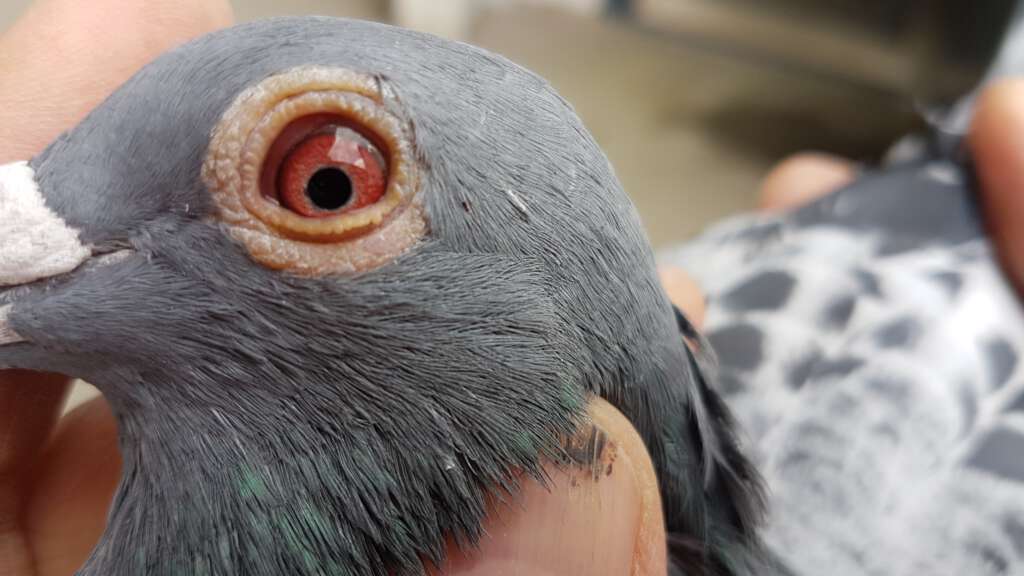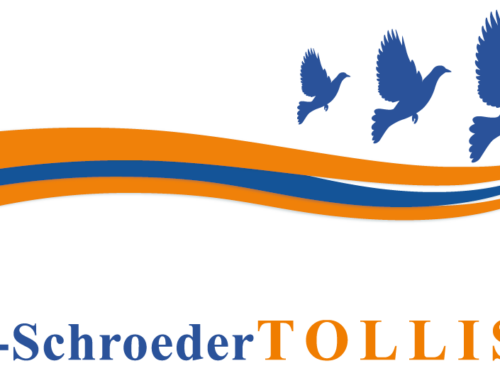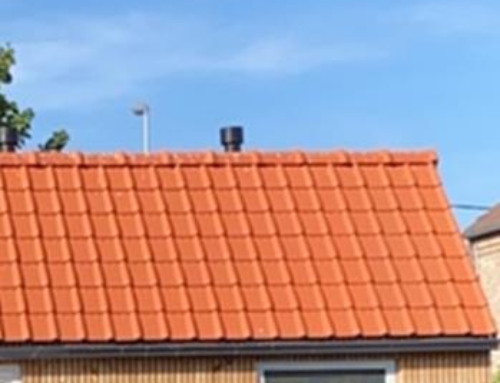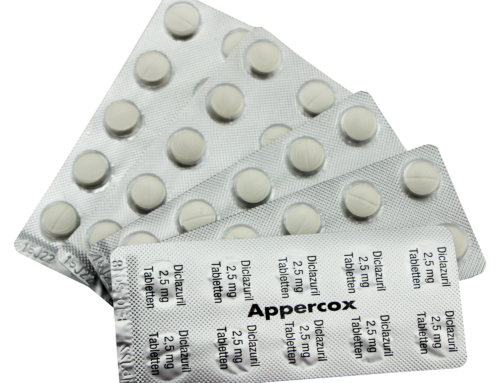What is wrong with our racing pigeons? Have they really all become so sensitive that they can no longer cope with bacteria and viruses themselves? Are there really no longer any tough pigeons?
To be honest: I can and could never comprehend the term “tough pigeons”. For me there are only good and bad pigeons as well as healthy and sick pigeons.
Rapid spread of viruses and bacteria
Our pigeons have and will always have exposure to bacteria and viruses. Today, however the unwelcome bacteria and viruses are spreading rapidly across Europe. Approximately 30 to 40 years ago, one or two young birds were exchanged with fellow fanciers in the local area, today we have over 100 One Loft Races across Europe alone, where thousands of fanciers participate with tens of thousands of pigeons. These pigeons are not only delivered from all over Europe, but also once the final flight and the subsequent auction they will be scattered Europe wide again. If we now factor in the other auctions and pigeon sales, one can assume that annually over a million pigeons change lofts across Europe. Of course these pigeons do not usually come unaccompanied, they also bring along with them the bacteria present in their home loft (e.g. E. coli) and viruses (e.g. herpes). If you then understand that there are currently hundreds of different (sub) serotypes of E.coli bacteria identified is it any wonder we are frequently asked the question “Why haven’t you found a cure for young bird sickness yet?”
I am always amazed at the number of questionnaires that have been evaluated and the alleged research in this context in recent years. In my opinion this is a all a waste of time and money, due to the ignorance of the various pigeon organisations or it is just a placatory measure for the pigeon fanciers. I do know what I am writing about because I spent two years working in a laboratory myself. Actual scientific research looks different to this research.
It is my opinion that we just have to continue coping with Young Bird Sickness in its various forms and to adjust our methods to manage it.
Many roads lead to Rome
Some fanciers try to boost immune system with so called natural resistance and use garlic, oregano or various herbal soups. Other fanciers use a more clinical approach and others have deep litter in the young bird lofts. My preference and recommendation is for a combined approach, namely the preventative natural method in combination with a primary medical care programme as well as with vaccinations, such as Paramyxo-Herpes vaccine and the E.coli vaccine to stabilise the immune system. In addition I also recommend an early pairing in the breeding loft because the the older the young pigeon, the more developed is its immune system.
Back to the title
Back to the actual subject of this article: “Herpes or Young Bird Sickness?”
In recent years we have dealt with numerous cases of herpes virus in young pigeons, which in the traditional sense do come under the term Young Bird Sickness, because when speaking about young bird sickness in the classic sense was always assumed to be the E.coli bacteria. Since pigeon fanciers have always been inclined to simplification, at some point every time a youngster was “off colour”, before and during the season was classified as “Young Bird Sickness”.
Herpes viruses
Herpes viruses (Colimbid herpesvirus 1 / CoHV-1) have always existed in pigeons and probably 60% to 70% of todays pigeons are infected. With the increasing sales and purchases of pigeons, these percentages will probably even increase in the future.
If a pigeon is infected with herpes it does not mean the pigeon is ill. The animals live with it. Until now there have been hardly any problems with herpes in old pigeons, for the youngsters however the situation is different for several years. Yellow deposits in the beak, elongated like chewing gum, usually in side of the cheeks and sometimes in the back of the throat, are infallible visible signs of a herpes infection. However, these yellowish deposits are often confused with trichomonads or pox.
Young pigeons with these yellow deposits will start to rattle after a few days (they breather heavily with every movement) and sit apathetically on the floor. Everyone should have now realised that this is not the so called “Young Bird Sickness”. After several days, these youngsters then suffer a painful death by suffocation as the herpes virus attacks the lungs/ In this phase, when the yellowish deposits are visible in the beak then no antibiotic can help anymore. In some cases only a couple of young birds in the flock will die, but sometimes it could be 20, 30 or 40 young birds that will die. Actually, only a Paramyxo-Herpes vaccine can help but unfortunately it has not been approved in Germany and is therefore not available to German fanciers.
The heavy mortality of pigeons that are infected with the herpes virus, usually ceases within a week after Paramyxo-Herpes vaccination. Practice has shown that boosting (re-vaccination) is not required, even if recommended by the vaccine producers.
Small addition to vaccines
In the UK every fancier can buy their own Paramyxo vaccine, for example at pigeon shows and vaccinate their own pigeons. In the Netherlands a veterinary has to import the vaccine from abroad (cascade system) in an emergency if it does not exist in their own Country. In Germany, unfortunately different rules apply.
“Herpes eye”/”Fat Eye”
In 2017 the number of cases reported of youngsters with “Fat eye” increased in Germany. The eye lids are inflamed and the lower eye lid often hangs a bit. It almost looks as though the pigeon is squinting. The typical Fat eye/Herpes Eyes are almost always “dry”, in contrast to the “wet” ornithosis eyes. Sometimes the eyes have a slightly yellow tinge and some bristling.
Young pigeons with Fat eye avoid the sunlight and blink when exposed to direct sunlight. Some close their eyes completely. It is inappropriate to expose the youngsters to additional light at this time. If the youngsters show these symptoms there will be losses in training and racing. Mortality does not occur in youngsters with Fat eye, unlike in youngsters with yellow herpes deposits in the beak.
Incidentally, the Paramyxo-Herpes vaccine is not effective against Fat Eye at the clinical stage, rather special eye drops and an injection with “Orni 1”. Alternatively, you can choose not to treat the youngsters but this can take weeks for the outbreak to run its course.
Over the last few years we have also been seeing more frequently in Belgium, the Netherlands and the UK the same issue with Fat eye/Herpes eye as in Germany in 2017. It is too early to state whether a booster (re-vaccination) with the Paramyxo-Herpes vaccine helps to resolve the issue with fat eye/Herpes eye.
Frequently asked question
The most frequently asked question is whether the Paramyxo-herpes vaccine is also a fully fledged Paramyxo vaccine is clearly answered positively. Of course it is!
Summary
I hope to have given a little clarity regarding the terms Young Bird Sickness, Herpes and Fat Eye. It is vitally important that fanciers recognise which of the various so called Young Bird Diseases are affecting their pigeons and the appropriate course of action, only then can they avoid losses of many young birds.





